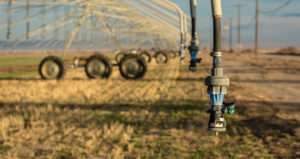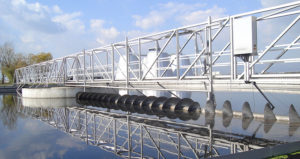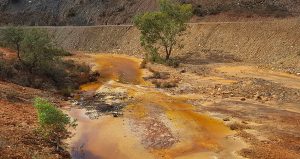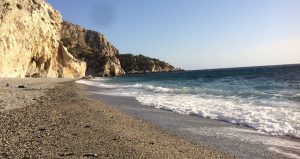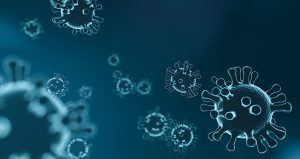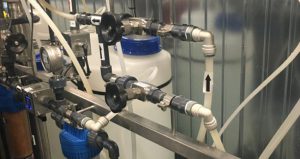Spain: IWA Congress identifies promising water treatment technologies
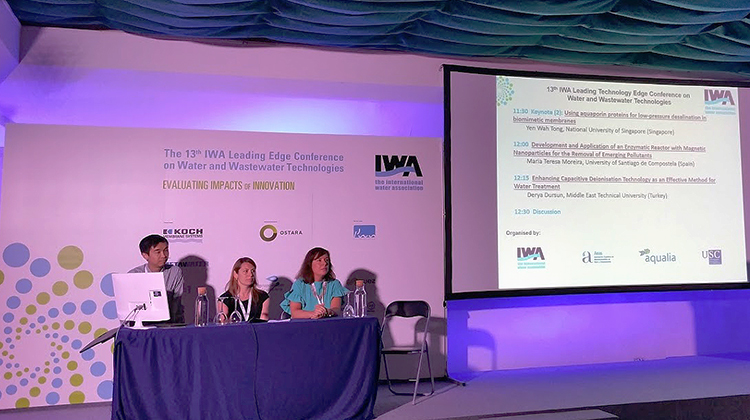
-
 Editorial Team
Editorial Team
Share article:
Panel sharing research results on Thursday 16th of June. Photo: Water News Europe
Aquaporins, magnetic nanoparticles, solar water treatment and deionization technology. These are just a few of the technologies that were presented during the 13th International Water Association (IWA) Leading Edge Conference on Water and Wastewater Technologies. Over 300 water technology experts gathered from 13 to 16 June in Jerez de la Frontera in Spain to evaluate the impacts of innovation.
All participants seem to realise new technologies are needed in order to guarantee safe water for everyone in the future. The main focus is to develop less energy intensive and more sustainable technologies. If possible the use of chemicals should be diminished or avoided. From all over the world scientists shared their latest insights and had the opportunity to discuss their research results with colleagues.
Upscaling
Upscaling technology from a controlled lab environment was seen by many scientist as a major challenge. Water treatment with aquaporins (integral membrane proteins) for example works with a controlled influent but will not work in an environment with calcium of bicarbonate. So you need to control your influent to be able use the membranes for water treatment. According to Yen Wah Tong from the national university of Singapore much more research is needed.
Economics
Another hiccup for upscaling technology are economics. The costs of most of the new technologies should come down before they can be introduced to the market. During the conference the business case for smart water technologies was presented by Joan Carles Guardiola from drinking water company Aguas de Valencia. The drinking water company succeeded to introduce smart meters successfully. Guardiola showed the participants that the investment in ‘smart water’ leads to better results. “We are saving 5,2 hm2 water per year now because of leak detection, we reduced complaints with 60 per cent and are using less chemicals because the water quality can be controlled more accurately.”
Cultural barriers
Sometimes cultural barriers are impeding the use of new technologies. For Solar Water Disinfection (SODIS) the biggest obstacle is that people do not rely on it. “In third world counties putting a plastic bottle with well water in the sun for one hour reduces the amount of bacteria much more than a ceramic filter due to the UV radiation”, says Kevin McGuigan from the Royal College of Surgeons in Ireland. “Still people rely more on membranes which are less effective. Our solution is to provide membranes with a plastic, transparent inlet in order to add UV disinfection anyway“, adds mcGuigan.
More information on the conference can be found at www.let2016.org.

